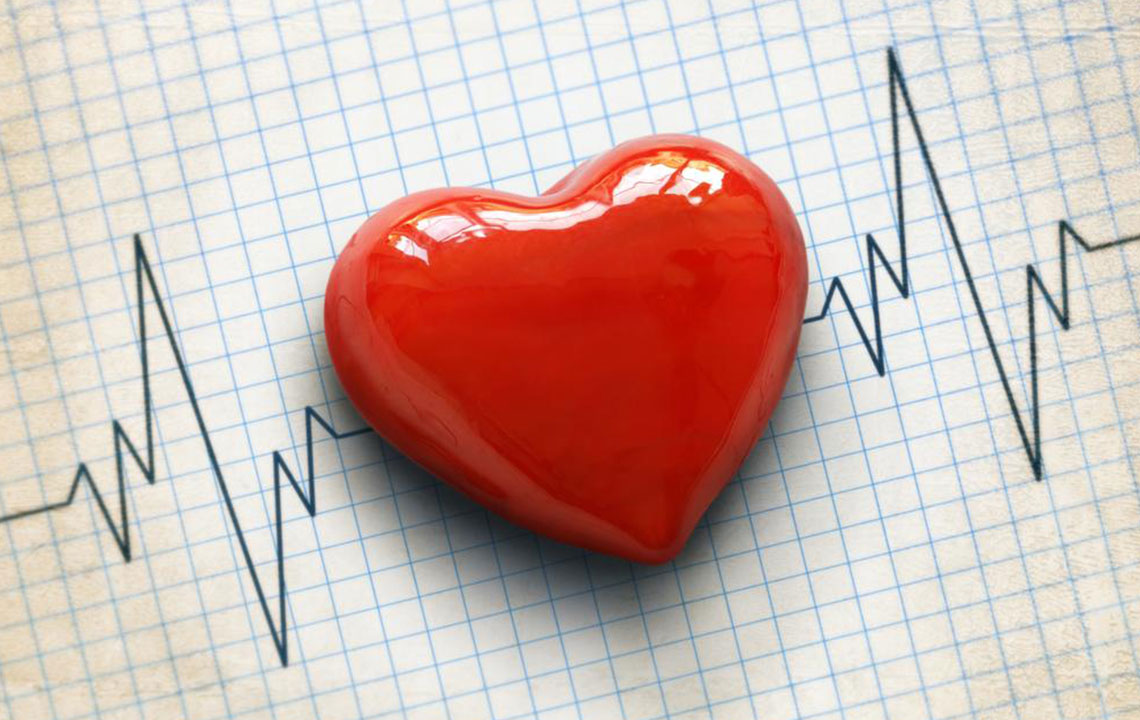Ways for Diagnosing and Lowering Cholesterol Levels
Cholesterol is a type of lipid or fat in the blood. It is an essential part of the cell membrane and helps the body cells to change their shape to maintain fluidity. This helps in the movement of the body. Cholesterol formation in the body leads to the biosynthesis of other important substances such as steroid hormones, bile acid, and vitamin D in the body. Cholesterol is essential for the human body; however, excessive levels of cholesterol in the blood can clog the arteries and lead to heart problems.

In the US alone, the daily cholesterol intake on an average is 307 mg, which is higher than the safe limits. It is important to carry out regular cholesterol level diagnosis in order to check the cholesterol level in the body and control it accordingly. Most of the cholesterol that we ingest into our body daily is esterified or fatty in nature, which is why the body does not absorb it properly. It gets accumulated in the cells of the body and increases the fat content. The concentration level of the cholesterol increases. The body compensates for this excessive cholesterol by reducing the synthesis of cholesterol in the body.
The different types of cholesterol
Having high levels of cholesterol in the body is considered as having a lipid disorder, hyperlipidemia, or hypercholesterolemia. The cholesterol level diagnosis is performed with the help of blood tests in which the lipoprotein panel measures the cholesterol levels. In this lipoprotein panel, four main types of cholesterol and their levels in the body are specified.
Total cholesterol
This is the measure of the total amount of cholesterol present in the body including the two types of cholesterol known as HDL and LDL.
HDL or high-density lipoprotein
The HDL is also known as the good cholesterol as it helps to remove cholesterol from the arteries and prevents heart blockage. Food items like fish, beans and legumes, olive oil, whole grains like cereals and brown rice, high fibre fruits like apples, pears and prunes, flaxseeds, nuts like almonds and pistachios, avocado, and soy can help in increasing the levels of HDL in the body and reduce the levels of LDL which harm the body.
LDL or low-density lipoprotein
This cholesterol is called the bad cholesterol, as it is the main reason behind the clogging of the arteries and the accumulation of cholesterol in the body. The levels of LDL increase due to the consumption of food items such as eggs, chicken liver, bacon, oil and butter, shellfish and seafood, processed meats like sausages, beef, ham and salami, red meat, cheese, cakes, pies, and cookies.
Triglycerides
The lipoprotein panel includes the level of triglyceride too. Triglyceride is a type of fat found in the blood and is the main constituent of body fat. A high level of triglyceride can lead to coronary heart problems. Usually, the level of triglyceride increases due to factors such as obesity, excessive alcohol consumption, cigarette smoking, high carbohydrate intake, and lack of physical activity.
Desirable range of the different cholesterol types
The cholesterol level diagnosis test or the lipoprotein profile provides three levels of each cholesterol which include the desirable, borderline, and high or low levels.
Ranges for the right cholesterol level diagnosis
Desirable – less than 200 mg/dL
Borderline – 200–239 mg/dL
High – 240 mg/dL and higher
HDL
Desirable – 60 mg/dL and higher
Borderline – 40–59 mg/dL
Low – less than 40 mg/dL
LDL
Desirable – less than 100 mg/dL
Borderline – 130–159 mg/dL
High – 160–189 mg/dL and above
Triglyceride
Desirable – less than 100 mg/dL
Borderline – 150–199 mg/dL
High – 200 mg/dL and higher
Lowering cholesterol levels in your body
If your cholesterol level diagnosis shows borderline or high levels of bad cholesterol and triglyceride, then you need to make certain changes in your lifestyle. The first thing that you need to do is to reduce the consumption of fatty foods such as meats, dairy products, chocolates, processed foods, and deep-fried items. These items contain trans-saturated and polyunsaturated fats, which are very harmful to the health. High levels of bad cholesterol can lead to high blood pressure levels too which means that the heart has to work harder to pump blood.
You need to reduce the consumption of alcohol too. Consumption of fresh fruits and vegetables, cereals, and legumes can help to lower the cholesterol levels. Physical activity is necessary and so is weight management. If you burn the fat consumed through exercise, then the cholesterol does not get the chance accumulate or create havoc. If your cholesterol level diagnosis does not reflect a decreased level of cholesterol even after trying out the above methods, you need to start taking medicines prescribed by your general practitioner to lower the cholesterol level.
It is important to control your cholesterol levels to prevent heart problems. You should go for routine cholesterol level diagnosis as a precaution to avoid the problem of high cholesterol and other related health issues.















